As a major exhibition examines the evolution of Winnie the Pooh’s success, AMANDA HODGES reveals the role artist EH SHEPARD played in the creation of the iconic children’s character.

Think of Winnie the Pooh and EH Shepard’s illustrations spring to mind, so evocatively do they capture the essence of the Bear of Very Little Brain and his exploits. AA Milne’s text and Shepard’s illustrations have a symbiotic relationship and, when combined, conjure the innocent world beloved by generations of children – and their parents. But how did this productive working relationship begin, was it serendipity or more prosaic?
Decades on from Winnie the Pooh’s publication and phenomenal success, Shepard could remember clearly how it all began. In the early 1920s, he’d been a contributor to the famous Punch magazine. One day in 1923, his colleague EV Lucas turned to him at a dinner and said, “Ernest, we have some charming poems for children sent to us by AA Milne and we want to publish them, would you like to illustrate them?” This statement led to the popular When We Were Very Young, which appeared in 1924.
Shepard remembered, “I said ‘yes’ without a moment’s hesitation for though I did not know Milne of course I was familiar with his writing.” At this time, the writer was a popular playwright and author of humorous verse. It would prove ironic that in a few years his other literary endeavours would be eclipsed by his Winnie the Pooh stories.
Shepard said that when he received the poems, “I realised what a grand time was ahead of me.” Although he acknowledged honestly: “It is nervous work making a picture of an author’s written words and when I took my first sketches to show Milne I had some anxious moments whilst he studied them. It was clear that he was pleased and he said, ‘They are fine, so right already.’”
Bu hikaye Artists & Illustrators dergisinin February 2018 sayısından alınmıştır.
Start your 7-day Magzter GOLD free trial to access thousands of curated premium stories, and 9,000+ magazines and newspapers.
Already a subscriber ? Giriş Yap
Bu hikaye Artists & Illustrators dergisinin February 2018 sayısından alınmıştır.
Start your 7-day Magzter GOLD free trial to access thousands of curated premium stories, and 9,000+ magazines and newspapers.
Already a subscriber? Giriş Yap

Still life IN 3 HOURS
Former BP Portrait Award runner-up FELICIA FORTE guides you through a simple, structured approach to painting alla prima that tackles dark, average and light colours in turn
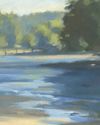
Movement in composition
Through an analysis of three masterworks, landscape painter and noted author MITCHELL ALBALA shows how you can animate landscape composition with movement
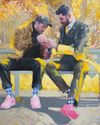
Shane Berkery
The Irish-Japanese artist talks to REBECCA BRADBURY about the innovative concepts and original colour combinations he brings to his figurative oil paintings from his Dublin garden studio
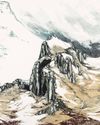
The Working Artist
Something old, something new... Our columnist LAURA BOSWELL has expert advice for balancing fresh ideas with completing half-finished work
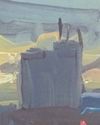
Washes AND GLAZES
Art Academy’s ROB PEPPER introduces an in-depth guide to incorporating various techniques into your next masterpiece. Artwork by STAN MILLER, CHRIS ROBINSON and MICHELE ILLING
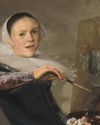
Hands
LAURA SMITH continues her new four-part series, which encourages you to draw elements of old master paintings, and this month’s focus is on capturing hands

Vincent van Gogh
To celebrate The Courtauld’s forthcoming landmark display of the troubled Dutch master’s self-portraits, STEVE PILL looks at the stories behind 10 of the most dramatic works on display
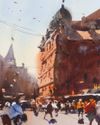
BRING THE drama
Join international watercolour maestro ALVARO CASTAGNET in London’s West End to paint a dramatic street scene
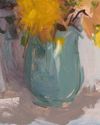
Serena Rowe
The Scottish painter tells STEVE PILL why time is precious, why emotional responses to colour are useful, and how she finds focus every day with the help of her studio wall

Bill Jacklin
Chatting over Zoom as he recovers from appendicitis, the Royal Academician tells STEVE PILL about classic scrapes in New York and his recent experiments with illustration